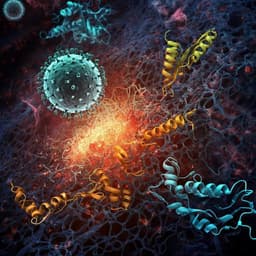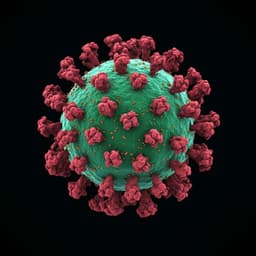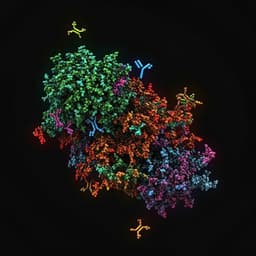
Engineering and Technology
Aerosol capture and coronavirus spike protein deactivation by enzyme functionalized antiviral membranes
R. Mills, R. J. Vogler, et al.
This groundbreaking research by Rollie Mills and colleagues introduces nanostructured membranes that effectively filter coronavirus-sized aerosols while also denaturing the virus's spike glycoproteins using a multifunctional approach. With impressive filtration efficiencies exceeding 98.90% for tiny particles, this technology represents a significant advancement in virus protection in low-hydration environments.
Playback language: English
Related Publications
Explore these studies to deepen your understanding of the subject.







